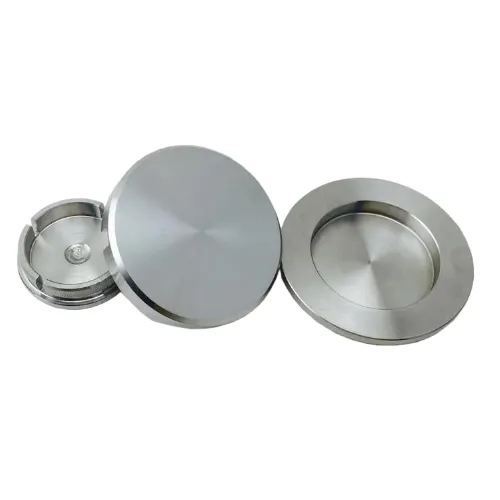In modern manufacturing, CNC (computer numerical control) turning parts play a vital role. With their high precision and high efficiency, they are widely used in various industries, from automobiles to aerospace to medical equipment. Understanding the basic concepts and applications of CNC turning parts will not only help us better understand modern manufacturing technology, but also provide valuable reference for practitioners in related industries.
Definition and characteristics of CNC turned parts
1. Basic principles of CNC turning
- Introduce the workflow of CNC turning
- Explain how CNC technology improves machining accuracy
2. Main characteristics of CNC turned parts
- High precision and repeatability
- Processing capabilities of complex shapes
- Wide applicability of materials
3. Common types of CNC turned parts
- Cylindrical parts
- Threaded parts
- Other special shape parts
Application areas of CNC turned parts
1. Automotive industry
- Manufacturing of key components such as axles and gears
2. Aerospace
- Demand and manufacturing of high-strength parts
3. Medical equipment
- Production of precision instruments and equipment
4. Electronic products
- Processing of housings and internal components
CNC turned parts have irreplaceable importance in modern manufacturing. With the continuous advancement of technology, the application scope of CNC turning will be further expanded, promoting innovation and development in various industries. Understanding the relevant knowledge of CNC turning parts can not only help companies improve production efficiency, but also provide new opportunities for personal career development. I hope that through the introduction of this article, readers can have a deeper understanding of CNC turning parts and apply them in their future work.


